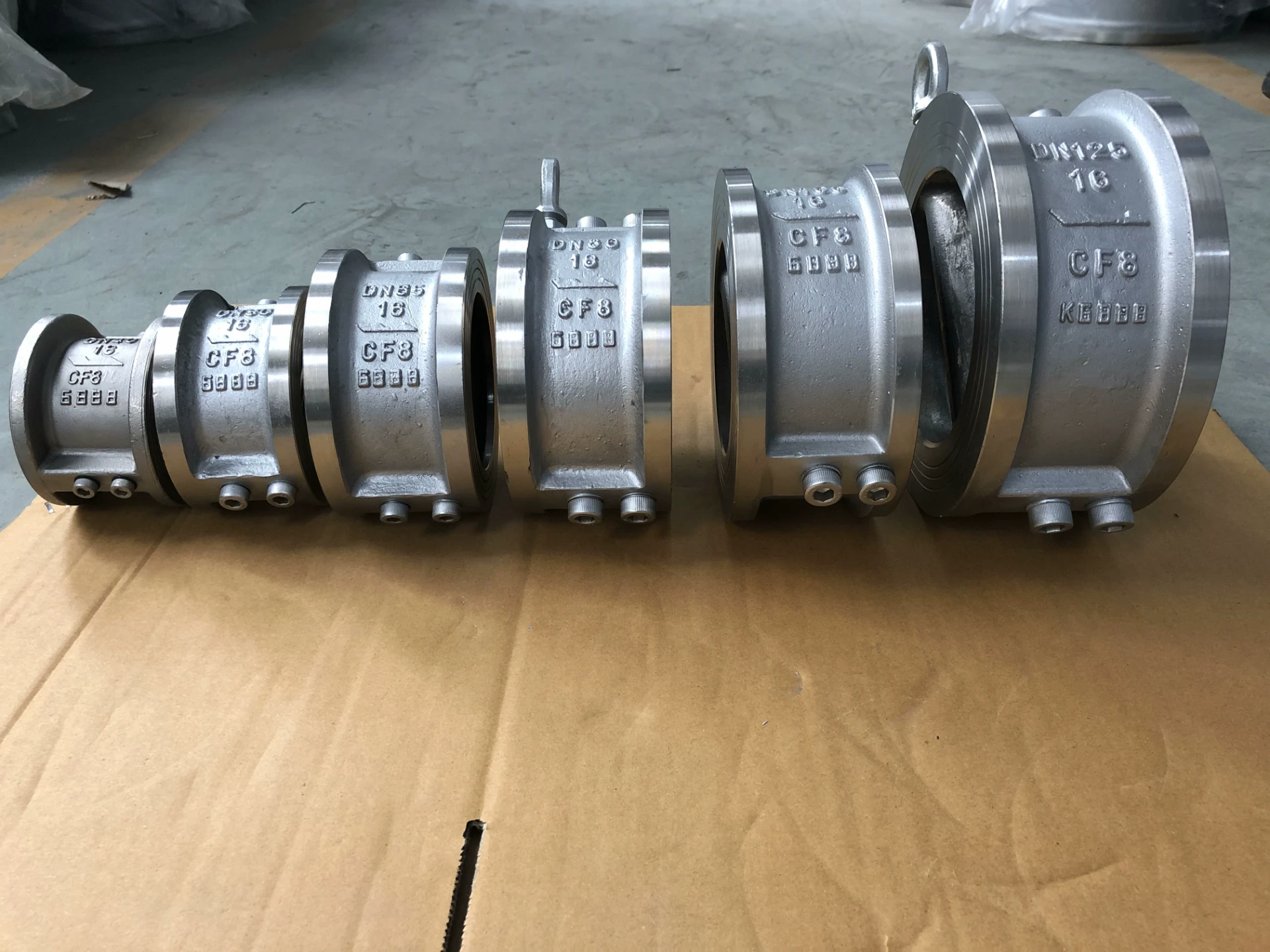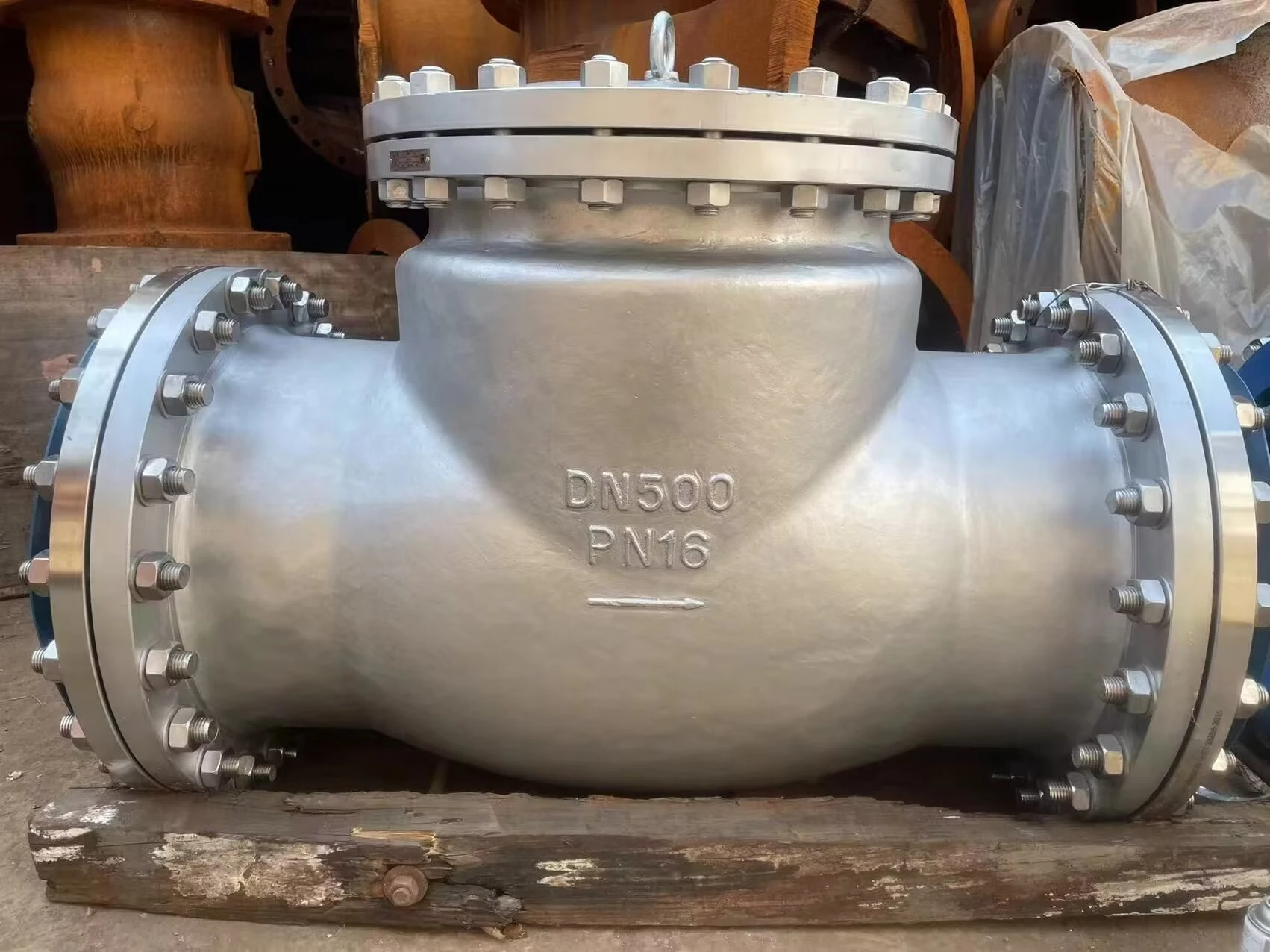check valve
Check valves, critical components in a myriad of industrial systems, deserve more attention for their role in ensuring system efficiency and safety. With decades of industry experience under my belt, I have witnessed firsthand the transformative impact a high-quality check valve can have on operations. This piece explores the intricacies of check valves, sharing expert insights to guide informed decision-making.

Check valves serve the vital function of allowing fluid to flow in one direction while preventing backflow. This simple yet effective mechanism is indispensable in applications ranging from water and wastewater management to petroleum and chemical industries. A check valve's ability to halt reverse flow ensures system efficiency, minimizes downtime, and protects costly equipment from potential damage.
When selecting a check valve, several factors must be considered to ensure optimal performance and longevity. Material selection is paramount; steel, stainless steel, brass, and PVC are popular choices, each offering distinct advantages. Steel and stainless steel provide excellent strength and resistance to high temperatures, making them ideal for industrial applications. Brass offers good corrosion resistance and is suitable for potable water applications, while PVC check valves are often used in less demanding environments due to their lightweight nature and cost-effectiveness.

The design of the check valve also plays a critical role. The most common types are swing check valves, lift check valves, and dual plate check valves. Swing check valves, with their disc that swings on a hinge, offer low resistance and are often used in larger pipe diameters. Lift check valves, with a disc that lifts to allow flow, are preferred in high-pressure applications. Dual plate check valves, compact and lightweight, provide efficient performance in both gases and liquids.
check valve
Industry expertise underscores the importance of understanding flow characteristics and potential pressure drops associated with each valve type. Utilizing computational fluid dynamics (CFD) simulations during the selection process can aid in predicting flow dynamics under various operational conditions. As a practitioner, leveraging such advanced tools can save time and resources by preemptively identifying the most suitable valve design.
Routine maintenance and regular inspection of check valves are crucial for extending their service life and maintaining system integrity. Implementing a proactive maintenance schedule reduces the likelihood of unexpected failures that can lead to operational delays. Industry data reveals that regular maintenance can extend the lifespan of a check valve by 25-30%, a significant increase that offsets the initial investment cost.
Installing a high-quality check valve is an investment in system reliability. Collaborating with reputable manufacturers who stand by their products with comprehensive warrantees and after-sales support is a best practice. Trustworthiness in a manufacturer is often demonstrated through compliance with international standards such as API, ANSI, and ISO, which serve as benchmarks for quality and safety.
In conclusion, the selection and maintenance of check valves are tasks that should not be taken lightly. By applying industry expertise and utilizing available technological advancements, businesses can ensure that they choose the right product for their needs. Investing in a reliable check valve not only safeguards against backflow but also enhances the overall efficiency and safety of industrial systems. As an authority in the field, I advise all stakeholders to approach check valve selection with diligence, ensuring that their systems remain robust and efficient for years to come.
-
Breakthrough in Domestic Low Temperature Valve Technology in ChinaNewsAug.18,2025
-
From Machinery to Intelligent Brain: The Digital Transformation Wave of the Valve IndustryNewsAug.18,2025
-
PCVEXPO 2025NewsAug.18,2025
-
The Key to Fluid Control: Exploring the Advantages of Ball Valves in Industrial SystemsNewsJul.09,2025
-
The Versatile World of 1, 2, and 3 Piece Ball ValvesNewsJul.09,2025
-
Stainless Steel Ball Valves: The Ideal Choice for Efficient Flow ControlNewsJul.09,2025
-
Optimizing Fluid Control with Ball Float ValvesNewsJul.09,2025




